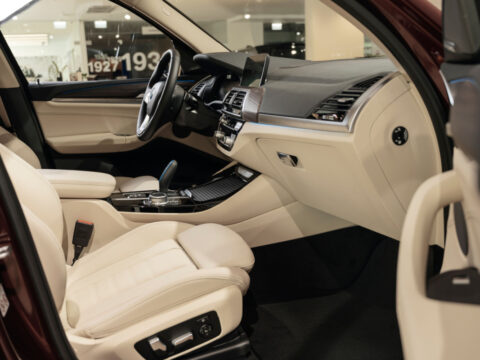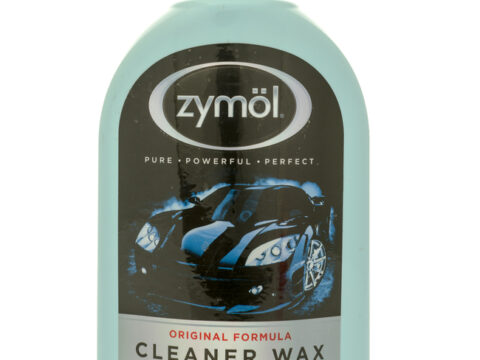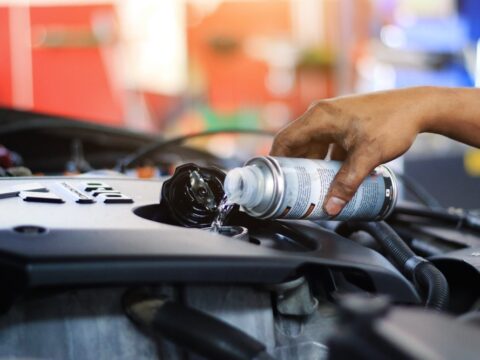When installing a car audio system, it’s easy to overlook certain details that can lead to frustrating issues down the road. Whether you’re a seasoned pro or a DIY enthusiast, avoiding common mistakes is key to achieving the best sound quality and performance. Let’s explore 15 common blunders that can occur during car audio installation and offer tips on how to steer clear of them.
Contents
Incorrect Wiring
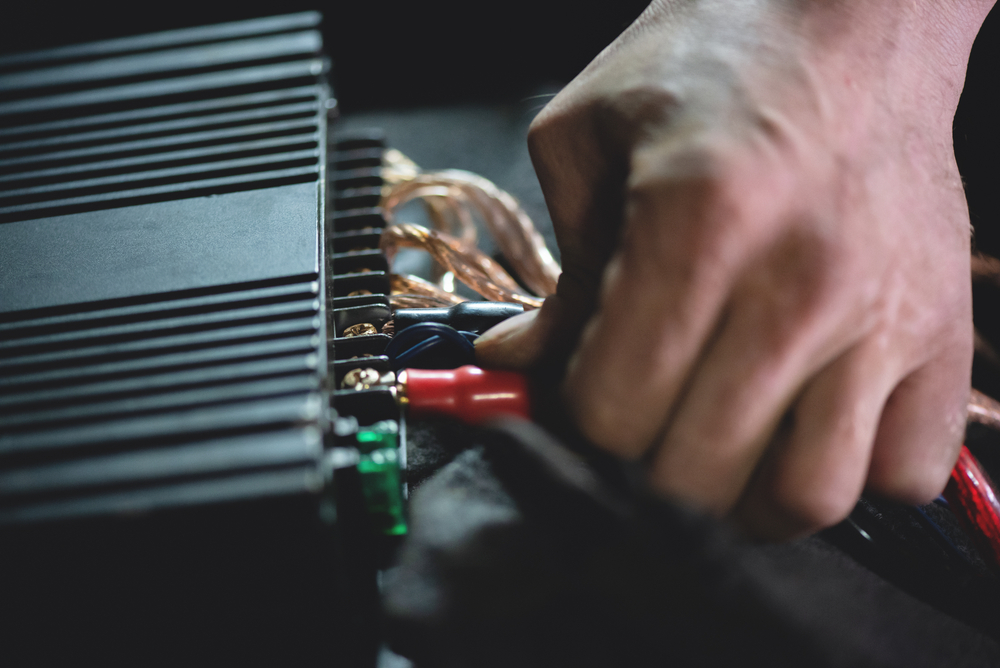
Incorrect wiring ranks among the most frequent mistakes in car audio installations. Reversing the positive and negative terminals or failing to establish a proper ground can lead to subpar sound quality or even damage the equipment. Additionally, substandard or thin wires may result in power loss and overheating issues. It’s vital to adhere strictly to the wiring diagram and use high-quality, appropriately gauged wires to ensure a reliable setup.
Poor Grounding
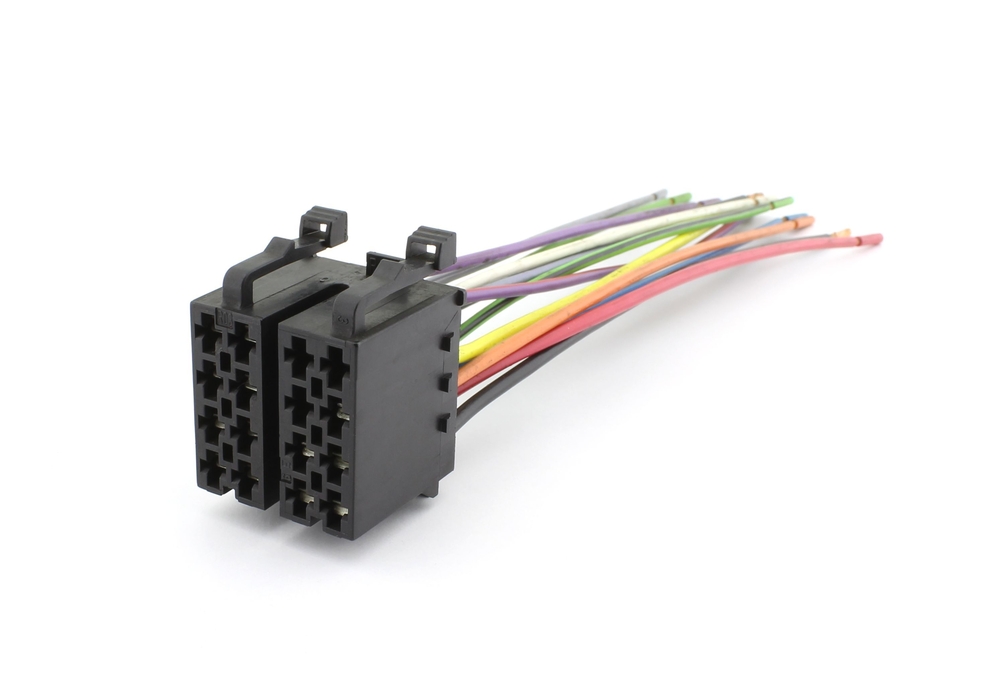
Failing to properly ground the audio system can cause a host of problems, from irritating noise interference to complete system failure. A weak ground connection often results in an alternator whine, a high-pitched noise that varies with engine speed. To avoid this, ensure the ground wire is securely attached to a clean, unpainted metal surface of the car’s chassis. Keeping the ground wire as short as possible also helps reduce resistance and potential noise.
Skipping the Fuse
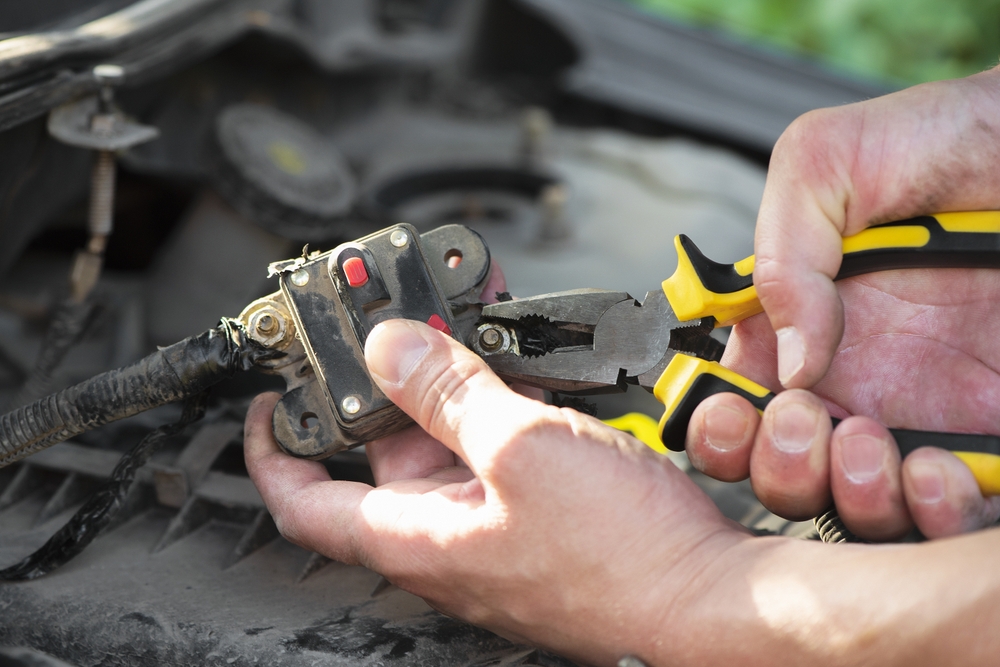
Omitting a fuse near the battery connection is a critical error. The fuse acts as a safeguard, protecting both the car and the audio system from electrical surges and potential fire hazards. Without it, a short circuit could lead to severe damage or even catastrophic failure. Always make sure a properly rated fuse is in place to prevent such risks.
Improper Speaker Placement
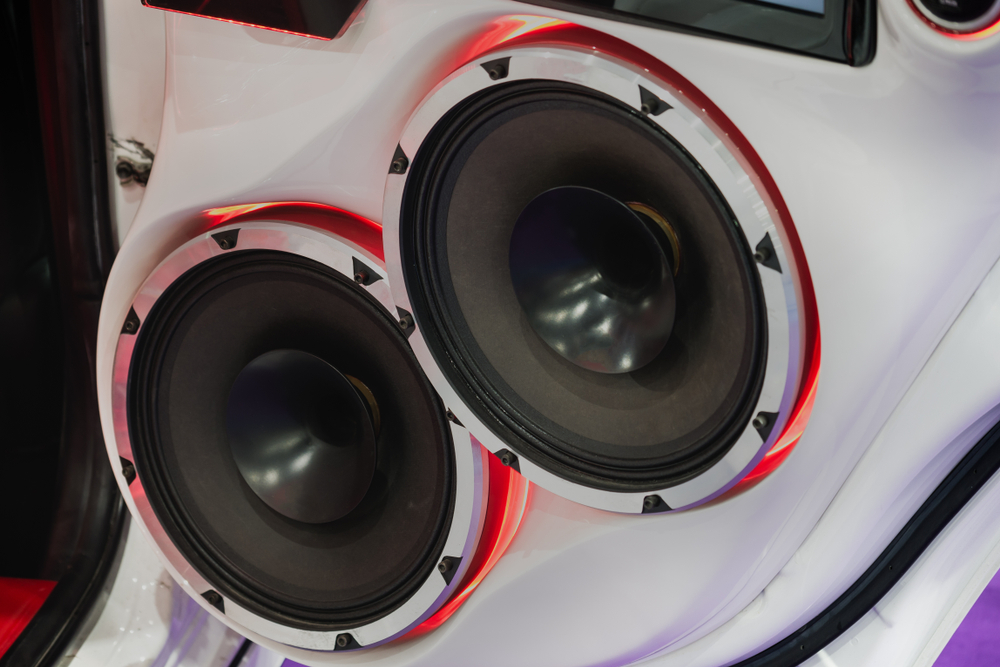
Poor speaker placement can drastically diminish sound quality. Speakers blocked by seats, panels, or positioned too closely together often produce muffled or unbalanced audio. For optimal sound distribution, consider the car’s acoustics and ensure each speaker is correctly placed. Ideally, tweeters should be at ear level, while woofers should be positioned to enhance bass.
Overpowering Speakers
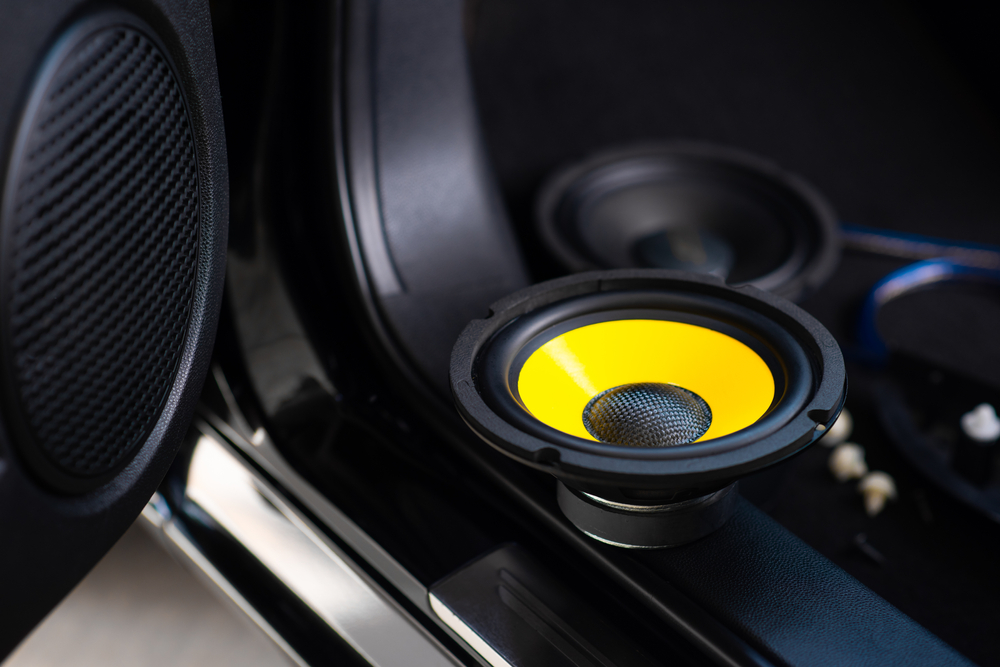
Providing too much power to speakers is a common mistake that can lead to their destruction. Speakers have specific power handling limits, and exceeding these can cause distortion, overheating, and ultimately, failure. Matching the amplifier’s output to the speakers’ RMS rating is crucial to maintain sound clarity and prevent damage.
Underpowering Amplifiers

An underpowered amplifier can cause performance issues and potential damage. If an amplifier doesn’t receive enough power, it may result in clipping, where the audio signal is cut off and distorted. This not only degrades sound quality but can also harm the speakers over time. Ensuring the amplifier is adequately powered is key to avoiding these problems.
Neglecting to Use Sound-Deadening Materials
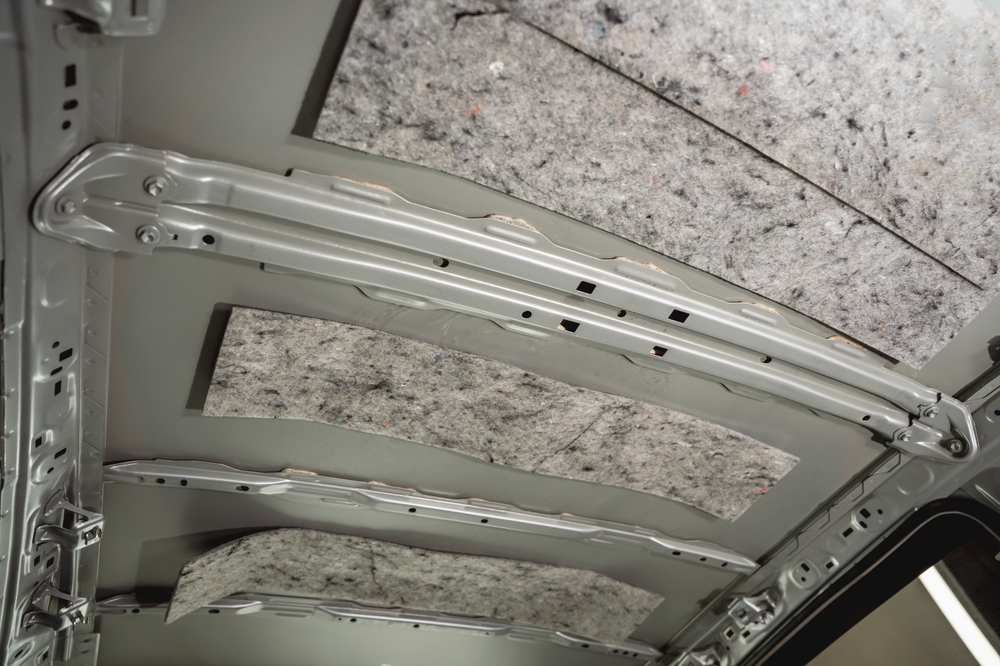
Skipping sound-deadening materials can lead to unwanted vibrations and noise interference. Without proper insulation, parts like door panels and dashboards may rattle, degrading the overall audio experience. Sound-deadening materials, such as mats or sprays, greatly enhance sound quality by minimizing external noise and vibrations, leading to clearer and more immersive audio.
Improperly Securing Components
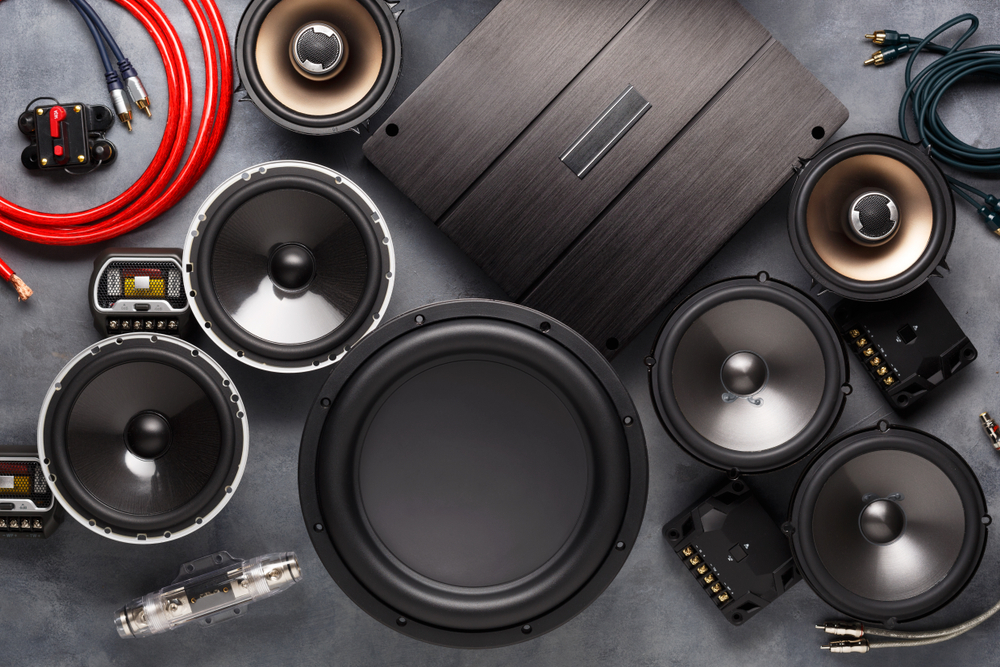
Failing to securely mount components like amplifiers and speakers can cause rattling, vibrations, and even damage during vehicle movement. Loose components not only disrupt sound quality but also pose a safety risk if they dislodge while driving. To ensure longevity and safety, all components must be securely fastened.
Choosing the Wrong Speaker Size
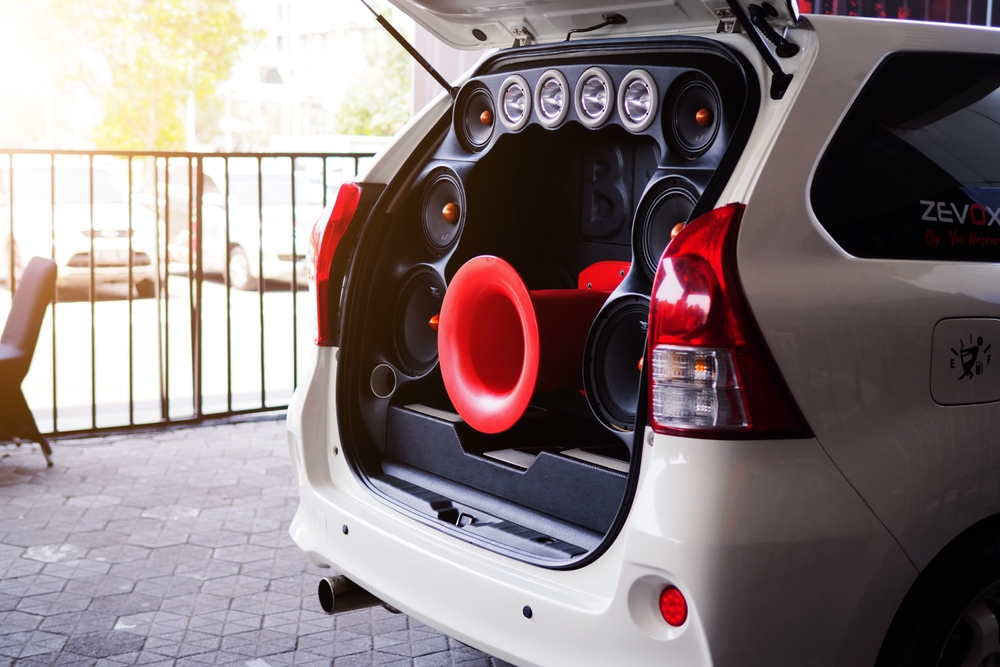
Selecting speakers that are too large or too small for their intended location can complicate installation and impair sound quality. Oversized speakers may not fit properly, leading to uneven mounting and possible rattling, while undersized speakers may lack the desired audio impact. Measuring the available space and choosing appropriately sized speakers is essential for optimal results.
Ignoring Compatibility Issues

Installing components that aren’t compatible with each other or with the vehicle’s electrical system is a frequent blunder. For example, pairing a high-powered amplifier with a factory head unit that can’t handle the power can lead to distortion and system failure. Ensuring that all components are compatible in terms of power, impedance, and connections is vital for avoiding technical problems and maintaining sound quality.
Not Testing the System Before Final Installation

Skipping the testing phase before final installation can lead to unnecessary troubleshooting later. Identifying and resolving issues with sound output or wiring is much easier before everything is permanently installed. A thorough test should include checking all connections, verifying amplifier functionality, and adjusting settings as needed, saving time and effort in the long run.
Using Factory Speaker Wiring
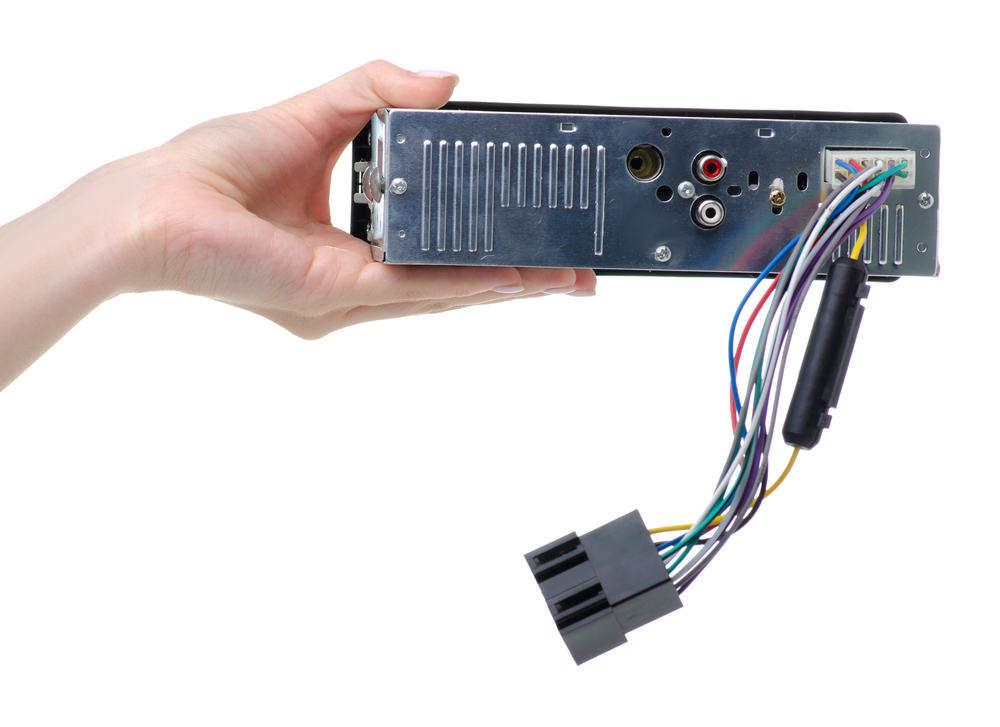
Relying on factory speaker wiring when upgrading the audio system can lead to subpar performance. Factory wires are often too thin to handle the power demands of aftermarket components, which can cause power loss and potential damage. Running new, higher-gauge wires from the amplifier to the speakers ensures that the system can deliver better sound quality and handle increased power.
Overcomplicating the Installation
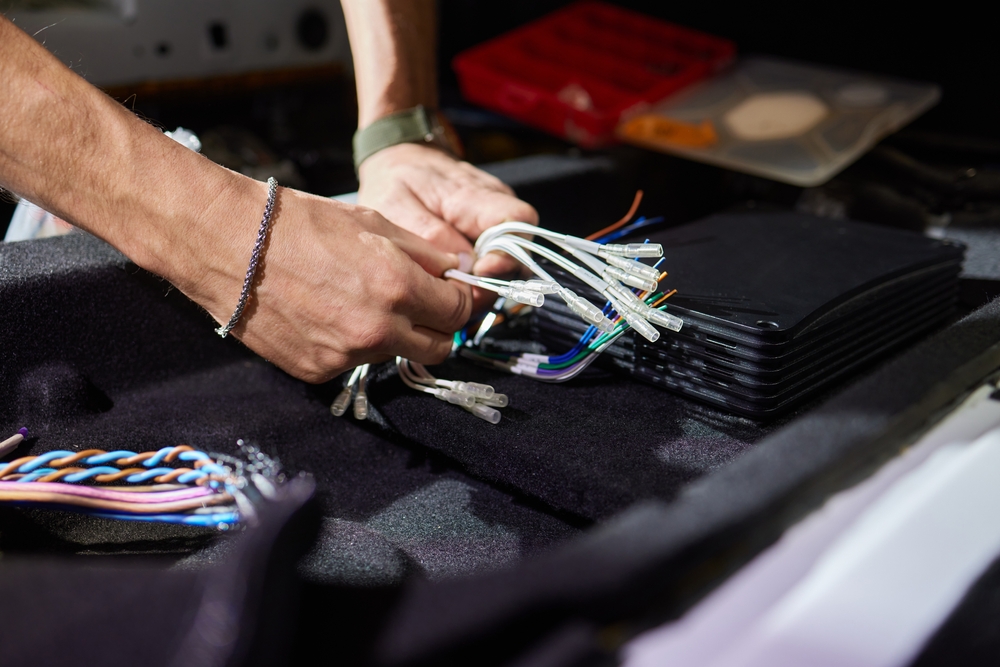
Attempting to include too many features or components can result in a complex installation that is prone to errors. This complexity can lead to wiring mistakes, poor system integration, and a higher likelihood of failure. Keeping the installation straightforward, focusing on quality over quantity, often results in a more reliable and better-performing audio system.
Neglecting Battery and Alternator Upgrades

A high-powered audio system often requires more power than the stock battery and alternator can provide. Ignoring the need for these upgrades can cause dimming headlights, reduced system performance, and even battery drain. To ensure optimal performance, upgrading to a high-output alternator and a stronger battery is crucial.
Incorrect Polarity on Speakers
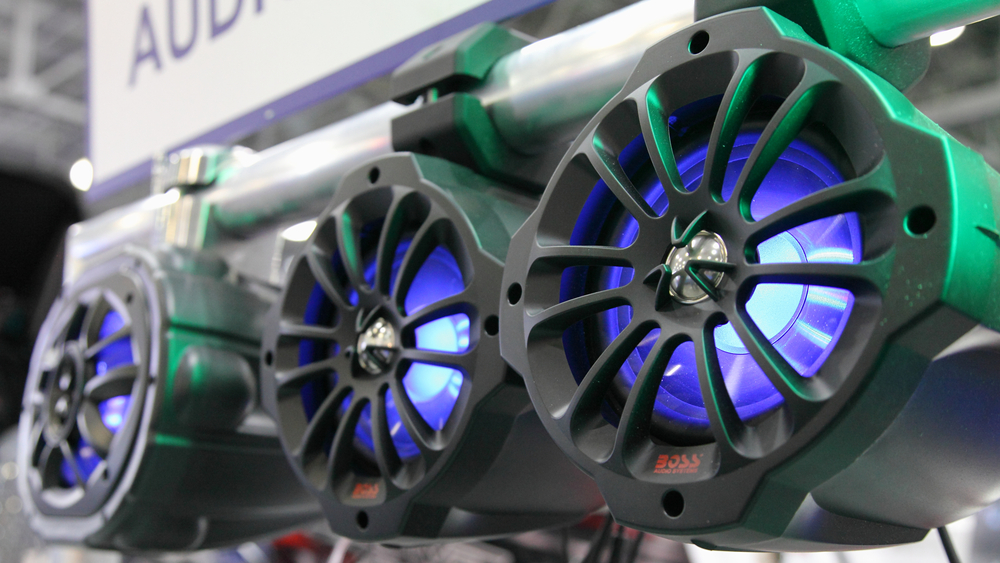
Wiring speakers with reversed polarity can create phase issues, causing the speakers to work against each other. This often results in weak bass and an overall lack of audio clarity. Double-checking the polarity of each connection is vital to ensure all speakers work in harmony, providing the best possible sound experience.
This article originally appeared in MyCarMakesNoise.
More from MyCarMakesNoise
15 Overlooked Issues with Electric Cars You Should Know

Electric cars are often hailed as the future of transportation, promising a cleaner and more sustainable way to get around. However, like any technology, they come with their own set of challenges that aren’t always immediately apparent. Read More.
15 Hidden Features of the Humvee You Didn’t Know Existed
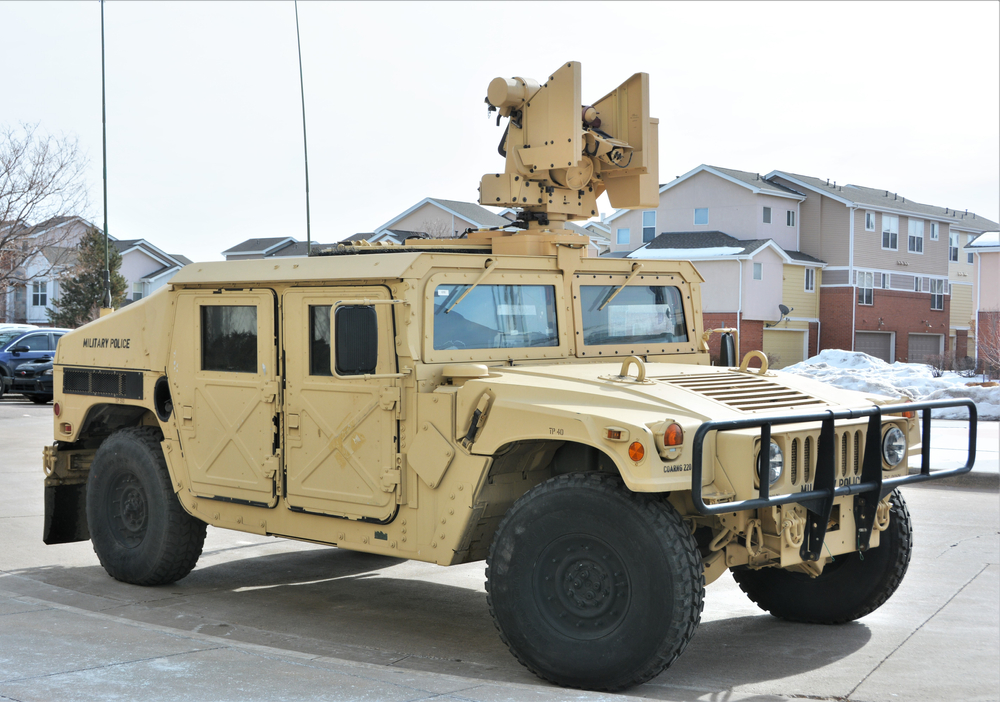
The Humvee, a cornerstone of military vehicles, is renowned for its rugged durability and versatility. However, beyond its well-known capabilities, it boasts a range of hidden features that enhance its performance and functionality. Read More.
25 Discontinued Car Brands You Won’t Remember

In the ever-evolving world of automobiles, some car brands come and go without leaving a lasting impression. In this article, we’ll take a nostalgic look at 25 discontinued car brands that you probably won’t remember. Read More.

